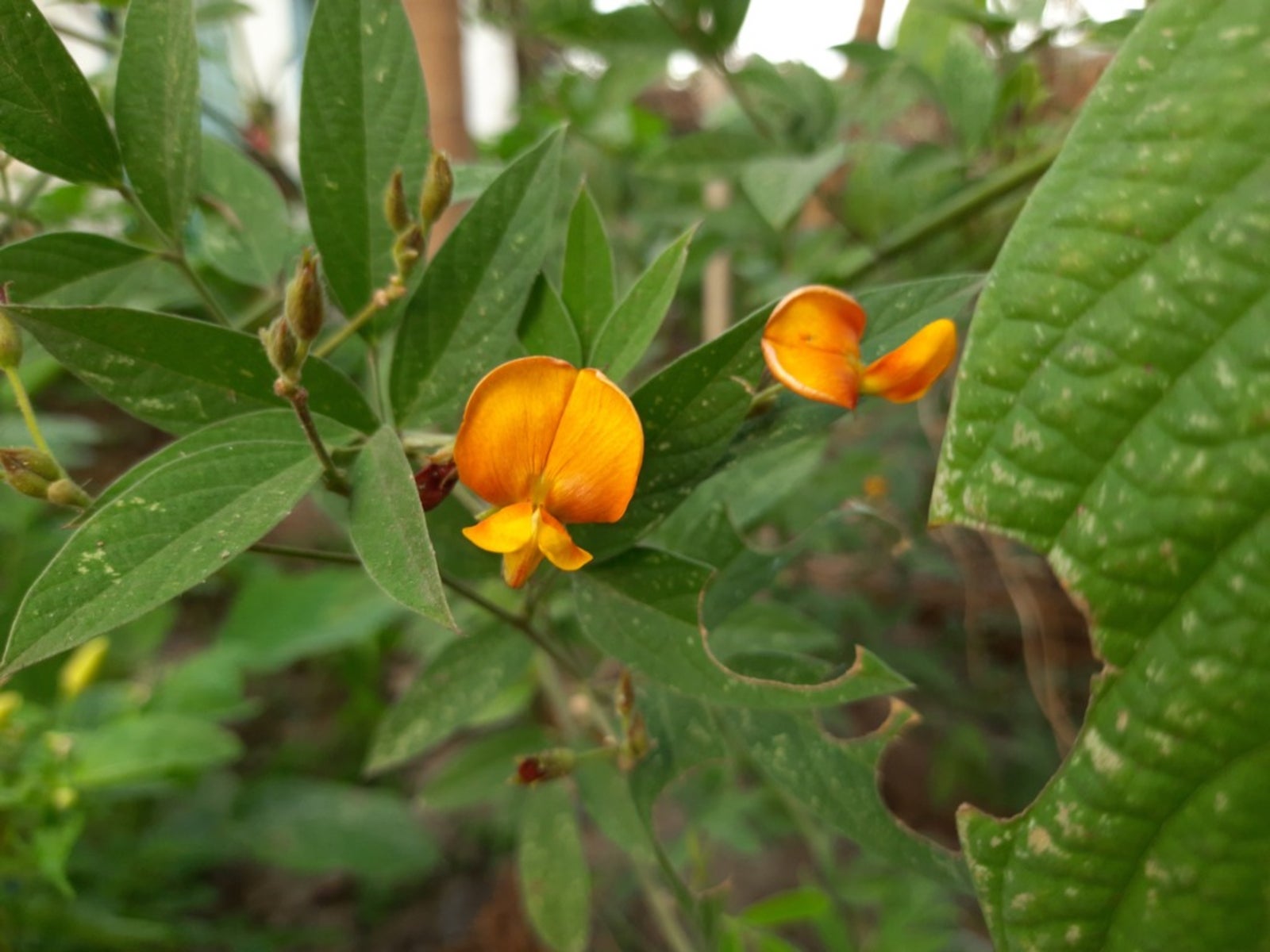What Are Pigeon Peas: Information For Growing Pigeon Pea Seeds

Whether you grow the plant to eat or for other reasons, pigeon pea seed growing offers unique flavor and interest to the landscape. In suitable locations, there is very little care of pigeon peas involved and the plants are easy to grow.
What are Pigeon Peas?
Pigeon peas (Cajanus cajan), also known as Congo or Gunga peas, are native to Asia and are grown in many warm and tropical regions throughout the world. This short-lived perennial plant can actually grow into a small shrubby tree and makes an excellent low hedge or windbreak. Pigeon pea seeds contain a large amount of protein and three important amino acids: lysine, tryptophan, and methionine. In India, the peas are combined with lentils to make a popular soup. People in the Dominican Republic and Hawaii grow the seeds for canning. The taste of pigeon peas is nutty and grain-like.
About Pigeon Pea Seed Growing
Pigeon peas can be grown in most places where there is a lot of sun and very little frost. According to the USDA Plant Hardiness Map, pigeon peas can be grown in zones 9 through 15. Plant seeds 1 inch (2.5 cm.) deep and 12 inches (31 cm.) apart for best results. Plants will germinate in 10 to 15 days and pods will appear in four months. Pods can be picked fresh for peas or left on the tree until they are dry. Pigeon peas growing conditions don't have to be perfect, as this adaptable plant does well in even the poorest soil and with only little water.
Multiple Uses for Pigeon Peas
The pigeon pea bush has many uses in the sustainable landscape. Some people use the shrub as a living hedge around fruit trees due to its ability to fix nitrogen. The sparse canopy is also excellent if you want to provide shade for smaller plants but still allow light to get through. The pods, leaves, and flowers make an excellent animal fodder. If you have heavy soil, the deep taproot of the pigeon pea shrub can break up the soil and improve its overall quality.
Gardening tips, videos, info and more delivered right to your inbox!
Sign up for the Gardening Know How newsletter today and receive a free copy of our e-book "How to Grow Delicious Tomatoes".
-
 Grow ‘Karl Rosenfield’ Peony Plants For The Ultimate Frilly Border Beauties And Cut Flowers
Grow ‘Karl Rosenfield’ Peony Plants For The Ultimate Frilly Border Beauties And Cut FlowersFor frilly double magenta peony petals infused with a heady fragrance, grow ‘Karl Rosenfield’ peony plants. Here’s how to cultivate the ultimate plushy blooms
By Tonya Barnett
-
 10 Common Composting Problems That Can Spoil Your Garden Gold – Plus Easy Fixes
10 Common Composting Problems That Can Spoil Your Garden Gold – Plus Easy FixesLearn how to troubleshoot common composting issues before they ruin your stash – from bad smells and bugs to materials not breaking down as they should.
By Susan Albert